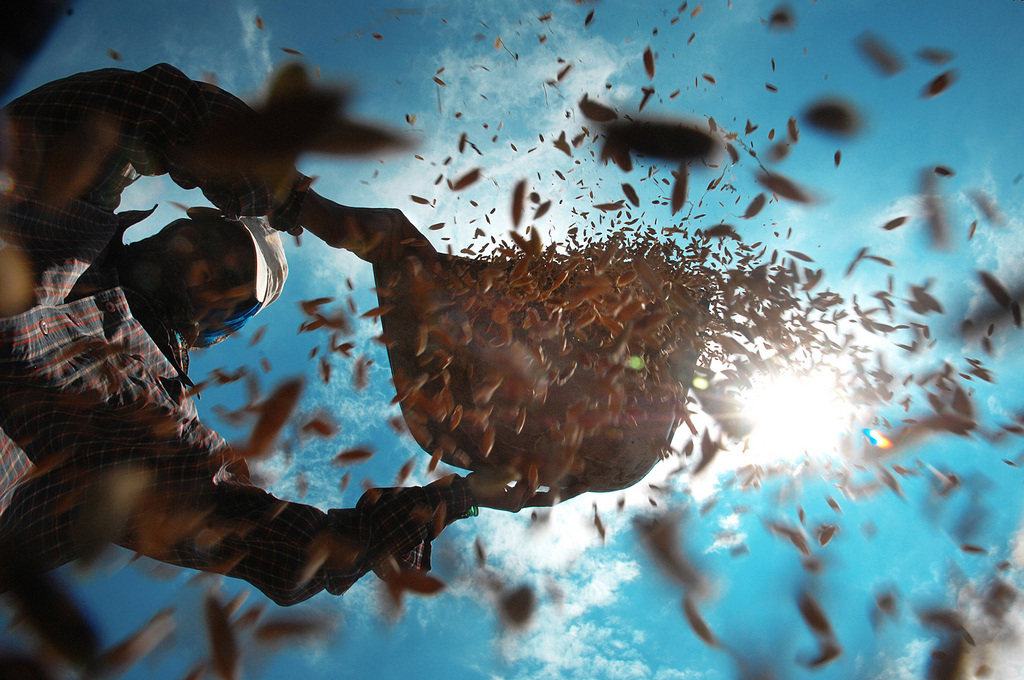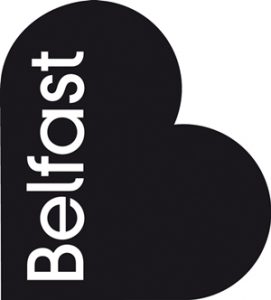Weeknote 15/2018
This week I’ve been:
- Sending out Issue #299 of my Thought Shrapnel newsletter. This one was called ‘Jersey shore’. Thanks to the 26 people who support me via Patreon and the original backers via Gumroad!
- On holiday in Jersey with my family from Saturday to Tuesday. It rained most of the time, but we still had fun exploring the island — including the zoo. During the trip I read the 700+ pages (including appendices) of Neil Gaiman’s American Gods. While I’d listened to the audiobook a while ago, I’m not sure I ever finished it. Reading it in a short, intense period of time means that I now don’t actually want to watch the TV series in case I spoil the version in my head. It was great.
- Curating interesting things I came across on the Thought Shrapnel blog. This week I collected some quotations and commented on the following:
- Microcast #014 (supporters only!)
- Microcast #013 (supporters only!)
- Working on Moodle things on Wednesday and Thursday, including adding to research and documentation around the MoodleNet project, meeting new colleagues Júlia Verdaguer and Carlo Polizzi, talking to organisations that might be able to help with the process outlined in this post, listing resource-centric social networks, and working with Holly Barnes and other colleagues on team culture-related stuff.
- Meeting and planning with my co-op colleagues about upcoming work, including a thinkathon for CET in Israel about a digital literacy MOOC they want to create for teachers.
- Sending back the Eve mattress we ordered last week. They say it takes up to 30 days to get used to a new mattress. We said it was too hard.
- Fielding questions about my availability for consultancy work. My time for this is more limited now that I’m working four days per week for Moodle, but I’m always open to interesting projects!
- Spending time with my family, including my parents during this Easter holiday break.
- Writing:
- Winnowing the MoodleNet project down to MVP size (Open Educational Thinkering, 11th April 2018)
Next week I’m off to Bristol for the OER18 conference. I gave the keynote four years ago, and there’ll be plenty of people there that I know!
Photo taken by Hannah Belshaw at Jersey Zoo, and edited in Snapseed.




